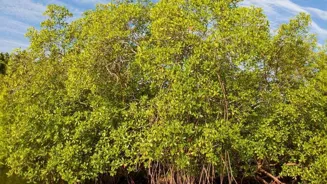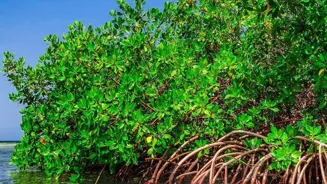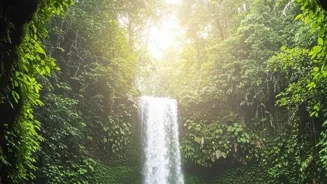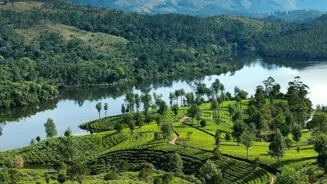Unveiling Sundarbans' Wildlife Survival Tactics - Discover how animals thrive in this unique mangrove maze. Dive in for fascinating insights!
The Sundarbans, a UNESCO World Heritage Site, is the world's
largest mangrove forest, straddling India and Bangladesh. This unique ecosystem is a labyrinth of waterways, mudflats, and dense forests, home to a remarkable array of animals. But life here isn't easy.
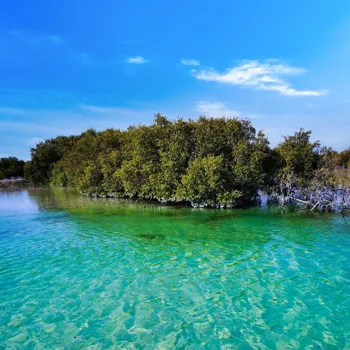
From salty tides to shifting landscapes, the animals of the Sundarbans have evolved incredible adaptations to survive. Let's take a closer look at some of nature's most ingenious survival strategies.
Bengal tigers in Sundarbans are skilled swimmers and hunters
The Bengal tiger, the most iconic resident of the Sundarbans, faces unique challenges. Unlike tigers in other parts of India, these tigers are excellent swimmers. They regularly navigate the creeks and rivers in search of prey, even hunting deer and wild pigs in the water.

Their diet consists of fish, crabs and other sea creatures. Also, their striped patterns helps them camouflage in the dense forests.
Mudskippers adapt to survive on land and water
Many species show resilience for survival. Another fascinating adaptation is seen in the mudskippers, small fish that can "walk" on land using their pectoral fins. This allows them to forage for food on the mudflats during low tide, avoiding predators in the water.
Their ability to breathe through their skin also helps them survive in the oxygen-poor mud. These remarkable traits showcases the diverse adaptations of animal.
Animals in Sundarbans adapt to high salinity with specialized features
The Sundarbans is a transition zone where freshwater from the rivers mixes with saltwater from the Bay of Bengal, creating brackish water. This high salinity poses a challenge for many animals, especially those that need to drink fresh water.
The saltwater crocodile, one of the largest reptiles in the world, has evolved specialized glands in their tongues to excrete excess salt. This allows them to thrive in the salty environment of the Sundarbans.
Similarly, the Irrawaddy dolphin, a rare and endangered species found in these waters, has physiological adaptations to cope with the salinity. These dolphins have the ability to breathe.
Fish adapt to high salt in Sundarbans for survival
Apart from that, many fish species have developed osmoregulatory mechanisms to maintain the water balance in their bodies. They actively pump out excess salt through their gills and kidneys.

This is crucial for their survival in the brackish water where the salt concentration is higher than their internal fluids. Without these adaptations, they would quickly dehydrate and die. The struggle for survival in the saline waters of the Sundarbans has led to adaptations in the animals.
Mangroves' adaptations protect ecosystem from storms
While we are talking about adaptations, we cannot forget the mangroves themselves. These trees have evolved extraordinary features to survive in the salty, waterlogged soil. Their aerial roots, called pneumatophores, stick up out of the mud, allowing them to breathe even when the soil is submerged.
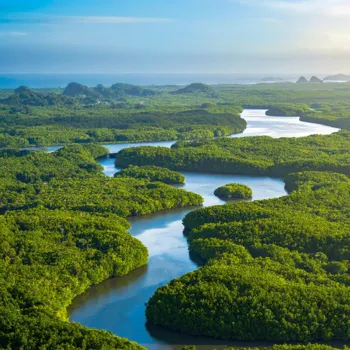
Mangroves are an important part of the ecosystem. The mangroves act as a natural barrier, protecting the inland from cyclones and storm surges.
Mangroves vital for Sundarbans ecosystem balance
The mangroves' roots also filter out excess salt from the water, helping to maintain the delicate balance of the ecosystem. They also have specialized leaves that can excrete salt. Moreover, the complex network of roots provides shelter and nursery grounds for numerous fish and invertebrate species.
Without mangroves, the Sundarbans wouldn't be what it is, and the ecosystem will go for a toss. More awareness needs to be raised about the species found here.
Fiddler crabs adapt to tides by burrowing in mud
The Sundarbans experiences significant tidal fluctuations, with water levels rising and falling dramatically twice a day. This poses a unique challenge for animals that live on the mudflats. The fiddler crab, with its one oversized claw, digs burrows in the mud to escape the rising tide.
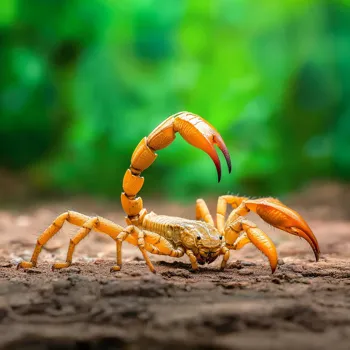
The burrows also provide a refuge from predators and the scorching sun. The crabs can survive for extended periods without oxygen.
Birds of Sundarbans adapt feeding habits to tides, need protection
The birds of the Sundarbans, such as the masked finfoot and the brown-winged kingfisher, have adapted their feeding habits to coincide with the tides. They forage for fish and crustaceans during low tide, when the mudflats are exposed. The migratory birds use the Sundarbans as a stopover point.
This helps them to conserve energy for their journey. It should be our duty to protect these species. Let's pledge to save the environment and make world a better place.
Sundarbans biodiversity at risk, needs conservation efforts
The Sundarbans is a treasure trove of biodiversity, showcasing nature's ability to adapt and thrive in challenging environments. However, it also faces numerous threats, including deforestation, pollution, and climate change.
It is crucial that we protect this unique ecosystem and its incredible inhabitants. Conservation efforts include sustainable tourism, mangrove restoration, and anti-poaching measures.
Appreciating animal adaptations in Sundarbans vital for biodiversity conservation
By understanding and appreciating the adaptations of the animals living in the Sundarbans, we can better understand the importance of biodiversity. We must recognize that these amazing strategies are essential for the survival of these species.
Only through concerted efforts we can ensure the survival of the Sundarbans and its amazing inhabitants. Protecting this habitat is a must for future generations.
AI Generated Content. Glance/InMobi shall have no liability for the content